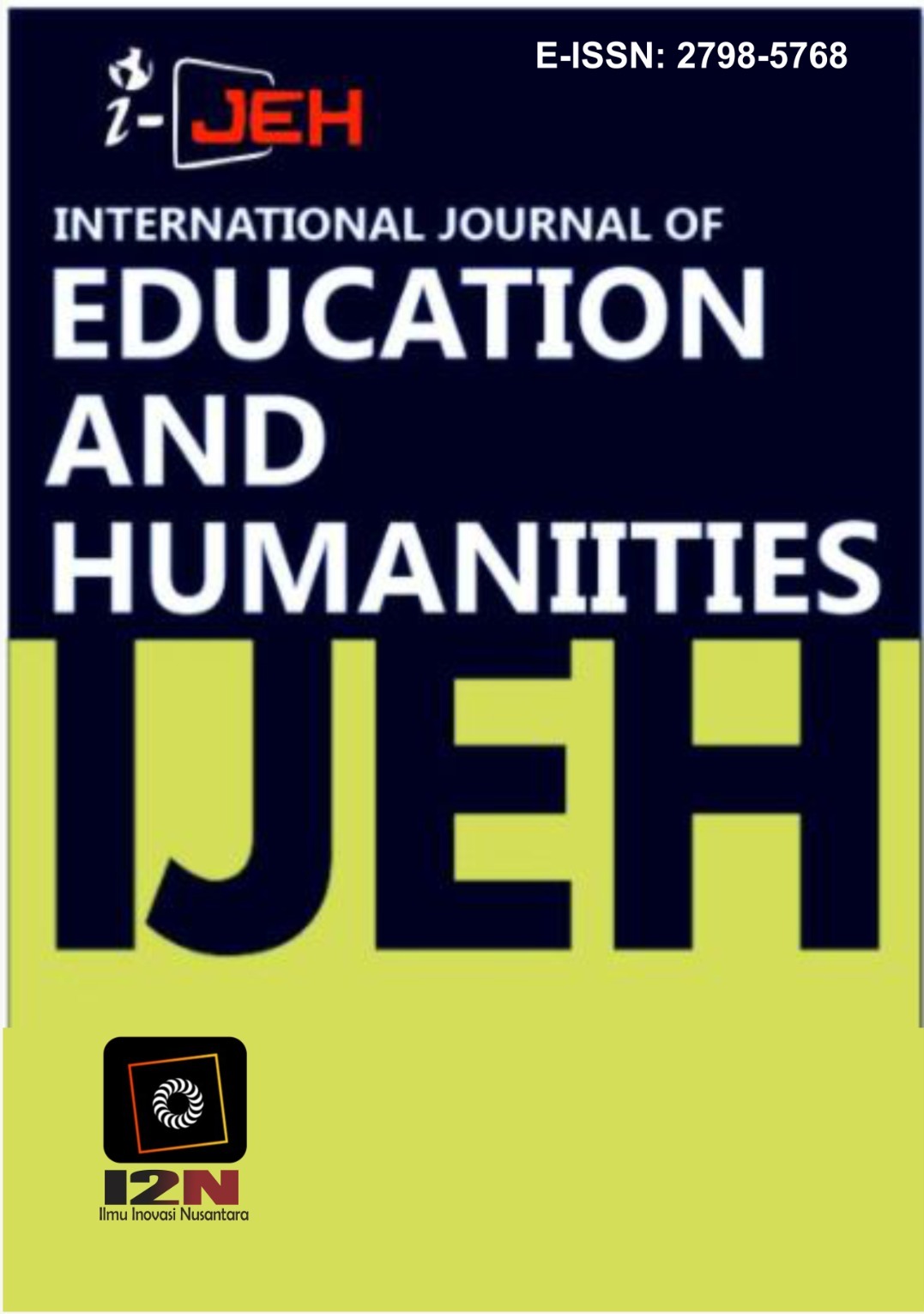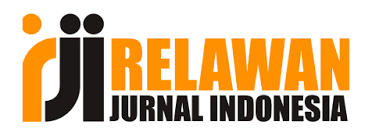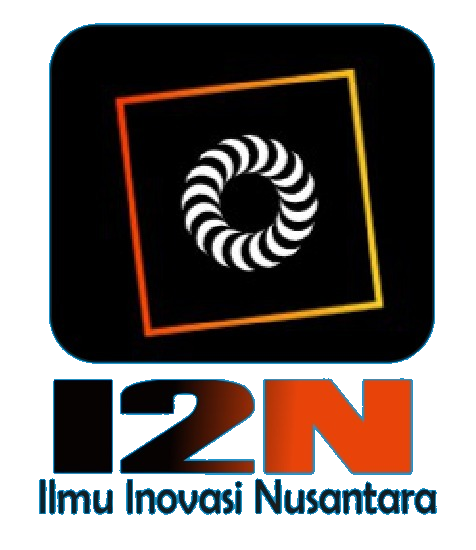Mechanisms of Anterior Cruciate Ligament Injury and the Impact of Integrated Neuromuscular Training on Rehabilitation
DOI:
https://doi.org/10.58557/(ijeh).v5i4.382Keywords:
Anterior cruciate ligament injury, Biomechanics, Integrated neuromuscular training, Mechanism of action, RehabilitationAbstract
The anterior cruciate ligament (ACL) plays a vital role in maintaining anterior stability of the knee joint. ACL injuries are among the most common cases in sports medicine and often result in significant impairment of athletic performance and overall quality of life. Such injuries not only cause knee dysfunction but also increase the long-term risk of complications such as osteoarthritis. The mechanisms of injury are influenced by anatomical factors, high-risk movement patterns, and deficits in neuromuscular control, making ACL rehabilitation a crucial issue in both medical and athletic fields. This study aims to provide a comprehensive examination of ACL injury mechanisms and to evaluate the effectiveness of Integrated Neuromuscular Training (INT) as a rehabilitation strategy. INT, rooted in neuromuscular control principles, is designed to restore knee and lower-limb function more effectively through a systematic and multidimensional approach. The methodology of this study is based on a literature review and theoretical analysis of prior research addressing ACL injury mechanisms, rehabilitation interventions, and the clinical as well as athletic application of INT. The findings indicate that INT is effective in enhancing knee joint stability, correcting faulty movement patterns, and reducing the risk of re-injury. Furthermore, INT contributes to improved functional performance and accelerates recovery in athletes undergoing ACL rehabilitation. The implications of this study suggest that INT can be applied not only in clinical rehabilitation settings but also in preventive training programs for athletes at high risk of ACL injury. The study provides theoretical insights for refining exercise intervention frameworks and offers practical guidance for clinicians and sports practitioners in both injury prevention and treatment
References
Bai, L. H., Chen, J. W., Chen, J., et al. (2022). Evidence-based guidelines for clinical diagnosis and treatment of anterior cruciate ligament injury (2022 edition). Chinese Journal of Traumatology, 38(6), 492–503.
Beard, D. J., Davies, L., Cook, J. A., et al. (2022). Rehabilitation versus surgical reconstruction for non-acute anterior cruciate ligament injury (ACL SNNAP): A pragmatic randomised controlled trial. The Lancet, 400(10352), 605–615.
Benis, R., Bonato, M., & La Torre, A. (2016). Elite female basketball players’ body-weight neuromuscular training and performance on the Y-balance test. Journal of Athletic Training, 51(9), 688–695.
Correia, P., Santos, P., Mil-Homens, P., et al. (2020). Rapid hamstrings to quadriceps ratio at long muscle lengths in professional football players with previous hamstring strain injury. European Journal of Sport Science, 20(10), 1405–1413.
De Melo, R. F. V., Komatsu, W. R., De Freitas, M. S., et al. (2022). Comparison of quadriceps and hamstring muscle strength after exercises with and without blood flow restriction following anterior cruciate ligament surgery: A randomized controlled trial. Journal of Rehabilitation Medicine, 54, jrm00255.
Domínguez-Navarro, F., Igual-Camacho, C., Silvestre-Muñoz, A., et al. (2018). Effects of balance and proprioceptive training on total hip and knee replacement rehabilitation: A systematic review and meta-analysis. Gait & Posture, 62, 68–74.
Emery, C. A., Roy, T. O., Whittaker, J. L., et al. (2015). Neuromuscular training injury prevention strategies in youth sport: A systematic review and meta-analysis. British Journal of Sports Medicine, 49(13), 865–870.
Forelli, F., Riera, J., Marine, P., et al. (2024). Implementing velocity-based training to optimize return to sprint after anterior cruciate ligament reconstruction in soccer players: A clinical commentary. International Journal of Sports Physical Therapy, 19(3), 355–365.
Gokeler, A., Neuhaus, D., Benjaminse, A., et al. (2019). Principles of motor learning to support neuroplasticity after ACL injury: Implications for optimizing performance and reducing risk of second ACL injury. Sports Medicine, 49(6), 853–865.
He, P. F., Dong, F., & Jiang, Z. L. (2017). Effects of integrative neuromuscular training on improving athletic performance and preventing sports injuries in female athletes. China Sport Science, 37(2), 66–75.
Hewett, T. E., Myer, G. D., Ford, K. R., et al. (2005). Biomechanical measures of neuromuscular control and valgus loading of the knee predict anterior cruciate ligament injury risk in female athletes. The American Journal of Sports Medicine, 33(4), 492–501.
Hopper, A. J., Haff, E. E., Joyce, C., et al. (2017). Neuromuscular training improves lower extremity biomechanics associated with knee injury during landing in 11–13 year old female netball athletes: A randomized control study. Frontiers in Physiology, 8, 883. https://www.frontiersin.org/journals/physiology/articles/10.3389/fphys.2017.00883/full
Jenkins, S. M., Guzman, A., Gardner, B. B., et al. (2022). Rehabilitation after anterior cruciate ligament injury: Review of current literature and recommendations. Current Reviews in Musculoskeletal Medicine, 15(3), 170–179.
Ji, C. C., Yang, P. F., Zhang, X. B., et al. (2020). Application progress of neuromuscular training in rehabilitation after anterior cruciate ligament reconstruction. Chinese Journal of Rehabilitation Theory and Practice, 26(8), 917–922.
Kohn, L., Rembäck, E., & Rauch, A. (2020). Anterior cruciate ligament injury in adults: Diagnostics and treatment [German]. Der Orthopäde, 49(11), 1013–1028.
Kowalczyk, M., Tomaszewski, P., Bartoszek, N., et al. (2019). Three-week intensive neuromuscular training improves postural control in professional male soccer players. Polish Journal of Sport and Tourism, 26(2), 14–20.
Lepley, L. K., Lepley, A. S., Onate, J. A., et al. (2017). Eccentric exercise to enhance neuromuscular control. Sports Health, 9(4), 333–340.
Li, H., Wu, Z. Y., & Wang, D. L. (2017). Correlation between MRI measurements of femoral intercondylar notch, posterior tibial slope and anterior cruciate ligament injury. Chinese Journal of Bone and Joint Injury, 32(6), 585–588.
Li, L., & Sun, J. Y. (2004). The effect of knee joint injury on proprioception and its rehabilitation training. Chinese Journal of Physical Medicine and Rehabilitation, 26(6), 361–363.
Liu, Y. D., & Wan, X. L. (2022). Comparison of the effects of proprioceptive neuromuscular facilitation and whole-body vibration training on functional ankle instability. Chinese Journal of Rehabilitation Theory and Practice, 28(7), 776–782.
Lloyd, D. G. (2001). Rationale for training programs to reduce anterior cruciate ligament injuries in Australian football. Journal of Orthopaedic & Sports Physical Therapy, 31(11), 645–654.
Lu, G. (2024). The significance of rehabilitation after anterior cruciate ligament reconstruction surgery. Health for Everyone, (28), 86–87.
Lu, Y. Q., Wu, Y., Liu, Z. L., et al. (2024). Research status on gait biomechanics characteristics after anterior cruciate ligament rupture and reconstruction. Journal of Peking University (Natural Science Edition), 60(2), 377–392.
Myer, G. D., Brent, J. L., Ford, K. R., et al. (2008). A pilot study to determine the effect of trunk and hip focused neuromuscular training on hip and knee isokinetic strength. British Journal of Sports Medicine, 42(7), 614–619.
Myer, G. D., Ford, K. R., McLean, S. G., et al. (2006). The effects of plyometric versus dynamic stabilization and balance training on lower extremity biomechanics. The American Journal of Sports Medicine, 34(3), 445–455.
Myer, G. D., Ford, K. R., Palumbo, O. P., et al. (2005). Neuromuscular training improves performance and lower-extremity biomechanics in female athletes. The Journal of Strength and Conditioning Research, 19(1), 51–60.
Peng, Y. (2020). The effect and mechanism of integrative neuromuscular training on improving human motor performance and preventing lower limb injuries. Journal of Nanjing Sport Institute, 19(8), 55–68.
Pfile, K. R., Hart, J. M., Herman, D. C., et al. (2016). Different exercise training interventions and postural control adaptations in individuals with ACL reconstruction. Journal of Athletic Training, 51(2), 110–118.
Sabet, S., Letafatkar, A., Eftekhari, F., et al. (2019). Trunk and hip control neuromuscular training to target inter-limb asymmetry deficits associated with anterior cruciate ligament injury. Physical Therapy in Sport, 38, 71–79.
Scarborough, D. M., Linderman, S. E., Cohen, V. A., et al. (2019). Neuromuscular control of vertical jumps in female adolescents. Sports Health, 11(4), 343–349.
Shen, L., & Xu, W. (2024). Research progress on the relationship between non-contact anterior cruciate ligament injury and femoroacetabular impingement syndrome. Chinese Journal of Sports Medicine, 43(4), 311–315.
Stojanović, E., Faude, O., Nikolić, M., et al. (2023). The incidence rate of ACL injuries and ankle sprains in basketball players: A systematic review and meta-analysis. Scandinavian Journal of Medicine & Science in Sports, 33(6), 790–813.
Su, Y. Y., & Yin, H. M. (2022). Research progress on the application of flywheel eccentric overload training. China Sport Science and Technology, 58(7), 17–26.
Su, Y. Y., Peng, L., Li, W., et al. (2023). Research progress on integrative neuromuscular training for rehabilitation and prevention of chronic ankle instability. China Sport Science and Technology, 59(7), 47–52.
Sun, W. W. (2017). Analysis of lower limb kinematic characteristics associated with ACL injury in adolescent basketball players during stop-jump tasks (Master's thesis). Taiyuan University of Technology.
Takahashi, S., Nagano, Y., Ito, W., et al. (2019). A retrospective study of mechanisms of anterior cruciate ligament injuries in high school basketball, handball, judo, soccer, and volleyball. Medicine, 98(26), e16030.
Wang, J. Z. (n.d.). What is an anterior cruciate ligament injury? Hunan Rehabilitation Hospital Health Channel. Retrieved January 13, 2025, from https://health.rednet.cn/content/646755/63/13305782.html
Wang, Y., Wu, S. H., Qi, B., et al. (2021). Effects of whole-body vibration therapy combined with conventional rehabilitation training on knee joint proprioception and dynamic stability after anterior cruciate ligament reconstruction. Chinese Journal of Rehabilitation Medicine, 36(7), 858–862.
Yin, J. L., Wang, S., Xiong, L. Q., et al. (2021). Effects of integrative neuromuscular training on athletic performance in athletes: A meta-analysis. Journal of Wuhan Sports University, 55(10), 77–85.
Zhai, H. T., Li, C., Xia, J. X., et al. (2022). Integrative neuromuscular training for preventing lower limb sports injuries: A meta-analysis. Chinese Journal of Tissue Engineering Research, 26(15), 2454–2460.
Zhang, Q., & Luo, Z. Z. (2015). Effects of visual and proprioceptive sensation on human static balance stability. Journal of Huazhong University of Science and Technology (Natural Science Edition), 43(S1), 396–400.
Zhao, J. W., Liu, Y., & Zhuang, H. Y. (2024). Research progress on biomechanics of single-leg landing and rebounding after anterior cruciate ligament reconstruction. Journal of Medical Biomechanics, 39(5), 1005–1010.
Zhao, R. T., & Li, S. N. (2021). Effects of different exercise modalities in neuromuscular training on reducing ACL injuries in females: A meta-analysis. Journal of Jilin Sport University, 37(2), 65–74.
Zhong, M. J., & Ouyang, K. (2025). Revision anterior cruciate ligament reconstruction: Interpretation of the European Society of Sports Traumatology, Knee Surgery and Arthroscopy (ESSKA) consensus. Chinese Journal of Reparative and Reconstructive Surgery, 39(1), 1–4.
Downloads
Published
How to Cite
Issue
Section
License
Copyright (c) 2025 Guangyao Ye

This work is licensed under a Creative Commons Attribution-ShareAlike 4.0 International License.














